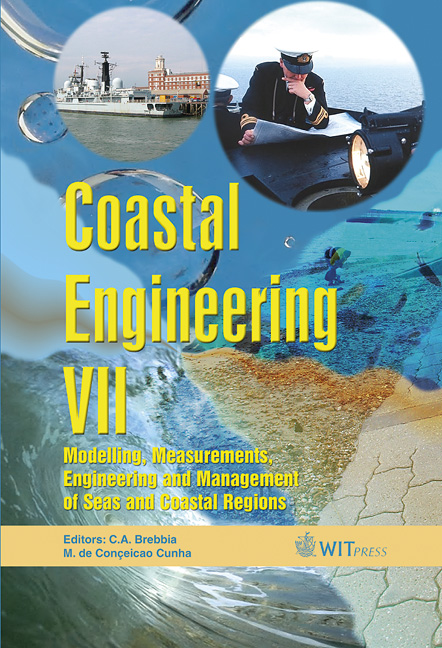Finite Element Fault Rupture Propagation Modelling In The Corinth Canal, Greece
Price
Free (open access)
Transaction
Volume
78
Pages
8
Published
2005
Size
2,237 kb
Paper DOI
10.2495/CE050271
Copyright
WIT Press
Author(s)
F. Gkika, G.-A. Tselentis & L. Danciu
Abstract
The FEM was used to analyse the pattern of ground deformations caused by the potential slip of a known active fault crossing the Corinth Canal. The analysis was based on detailed geological-geotechnical data of the area and showed regions possessing a high risk of future slope movements and traffic discontinuation across this serious marine navigation project of the Eastern Mediterranean. Keywords: Rupture propagation, Finite Elements, Corinth Canal, Greece. 1 Introduction Corinth Canal is 6.3 km long, striking NW-SE and still nowadays is one of the most important marine engineering projects that were made in Greece, Figure 1. Since the opening of the canal in 1893 several problems due to local slope instabilities have been reported. Most of them occur in the Peloponnesus side. The first years of the operation of the canal 14 slides had occurred with total 250.000m 3 of earth material. On the 2 nd half of the 20 th century 16 local slope instabilities have been reported in this area. The main formations that can be seen in the Canal region are Neogene and Quaternary sediments. These are alternating layers of silty marl, marly sandstone, conglomerates and marly limestone intercalated at places by layers of marly clays, silts, sands and gravel. The marly formation dominates in the central horst block of the Corinth Canal and it has been characterized as weak-rock (Andrikopoulou et al [1]). The Neogene and Quaternary sediments in the canal are cut by numerous sub-vertical faults with nearly East-West striking creating a number of grabens and horsts, (Freyberg [3]). During the latest geotechnical zoning 52 main faults were
Keywords
Rupture propagation, Finite Elements, Corinth Canal, Greece.





